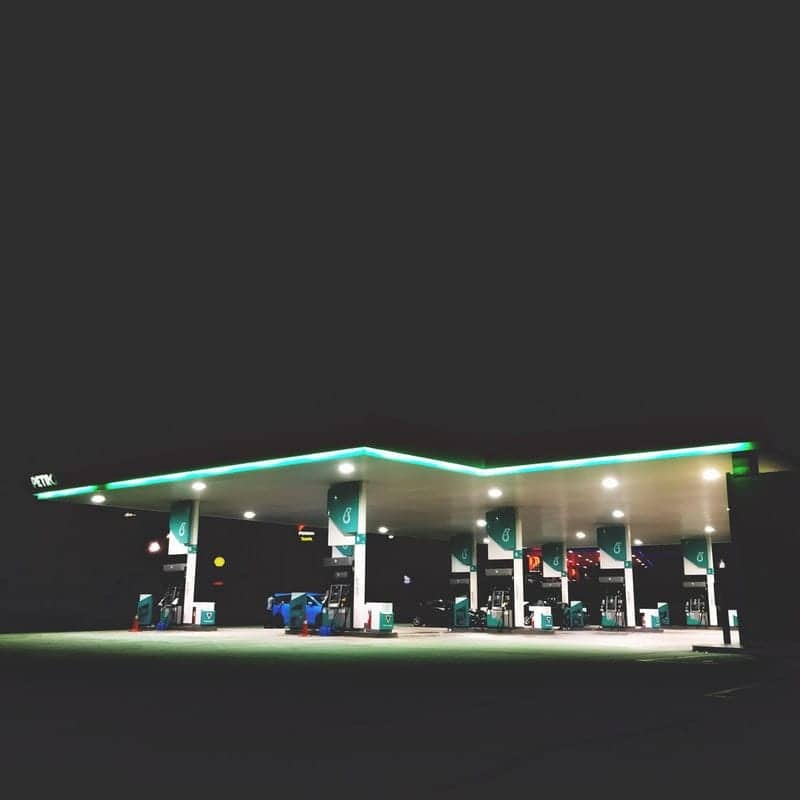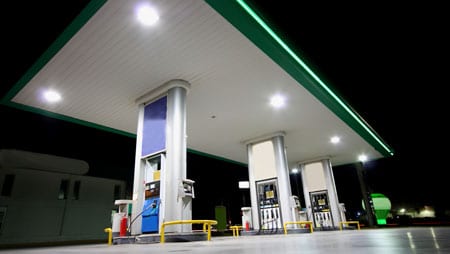
Should You Consider Gas Station Advertisement For Your Ad Campaign?
Gas station advertisement: learn how to leverage this option.
Businesses are attention seekers. It is a message that continually rings in the ears of marketers as they design an ad campaign for their clients. Interestingly, the battle for attention is pushing businesses to burn through billions of dollars a year. However, cheaper options like gas station advertising are revolutionizing the ad campaign landscape.
Ambient marketing versus other alternatives
Previously, when you could only get brand visibility through the daily newspaper of the TV, advertising was difficult. If not paying excessively to win a space between broadcasts, businesses had to convince editors to consider their ads. Suddenly, digital media came, and there was a collective sigh of relief. Finally, there was a cheaper and more effective ad platform for millions of businesses. As evidence of digital media’s dominance, eMarketer predicted that it would surpass traditional ad spending in 2019.
Nevertheless, digital media does not solve all of the inefficiencies of traditional media. For instance, the problem of inattention is rampant in digital media platforms, similar to traditional media. Facebook users, for example, get more interested in what their friends are saying in posts such that they miss ads. On the other hand, ads are a nuisance for digital media users such that they are paying to avoid them.
Interestingly, digital media and traditional media failed to maximize their potential because of an increasingly distracted audience. Therefore, advertisers that can break the jinx and capture the attention will carry the day. That is why ambient marketing techniques are appealing. Notably, ambient marketing entails pushing an ad to the audience in their most peaceful moments.
An emerging creative advertising is Ambient Marketing. The concept refers to the usage of attention-grabbing events by utilizing contextual elements of the target groups. This niche media surged to overcome traditional methods of advertising to get the attention of consumers.
One of the sub-segments of Ambient Marketing is In-Hand advertising. This concept relies on placing ads on consumables that the target audience can’t ignore as they must take them in their hands. Such consumables can be: door hangers, pizza box toppers, prescription bags, drink coasters, Custom Coffee Sleeves, hotel key cards.
Here some practical examples:
-
An anti-DIU awareness campaign that can be placed on beer coasters in NYC bars
-
A healthcare message on branded pharmacy bags in reputable pharmacy venues close to hospitals
-
The new entertainment center offering a coupon discount on coffee cups targeting millennials
-
A high-end product advertised on hotel room key cards targeting travelers
-
The new fitness center offering a promo code on pizza boxes after ingesting a decent amount of calories!

